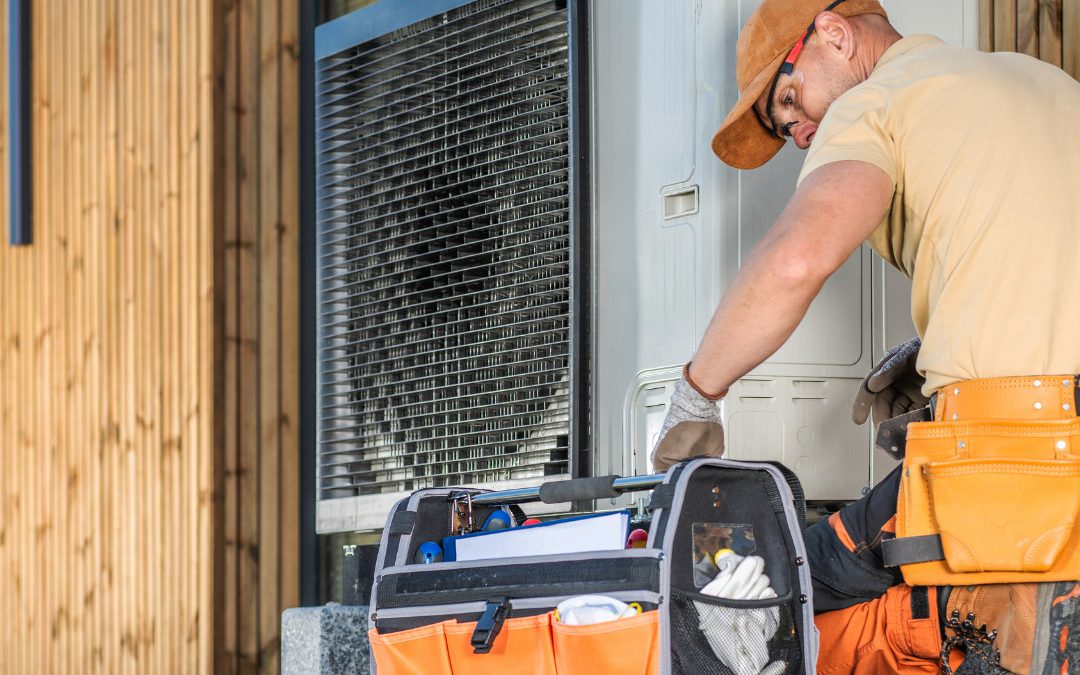1. What’s Happening — Why You Should Care
On June 4, 2024, Governor Moore issued an executive order requiring the Maryland Department of Environment (MDE) to establish two regulations:
● A Zero‐Emissions Heating Equipment Standard (ZEHES) that will phase out the sale and installation of fossil‐fuel heating systems (natural gas, propane, and oil) for new equipment by the mid‐to‐late 2020s.
● A Clean Heat Standard (CHS) requires fossil‐fuel suppliers to gradually increase delivery of “clean heat services” (electrification, weatherization, etc.) and reduce emissions over time.
By 2035, gas‐fired furnaces in homes will be phased out — meaning new installations or replacements must be electric heat pumps.
2. Timeline & Phase‐In
● 2025 (summer): MDE expected to publish proposed ZEHES rules.
● End of 2025: Public Service Commission will finalize draft Heating Fuel Provider Reporting Rule to support the CHS.
● 2026: Launch of state Heating Fuel Provider Reporting Program for suppliers. ZEHES compliance begins for any new heating system sales/manufactures.
● 2035: Official ban on gas/propane/oil furnace installations in homes under ZEHES. Existing systems may remain until retirement but new ones must be zero‐emission.
3. What Maryland Residents Should Do — and When
✅ Now (2025–2026)
● Get informed & start planning: If your heating system is older than 10 years, begin evaluating heat pump options.
● Take advantage of incentives: EmPOWER Maryland rebates can reduce installation costs by up to $15,000 per unit. Federal incentives (IRA Home Rebate and tax credits) can bring additional savings.
● Explore no‐cost programs: Local provider CAC’s Climate Forward Homes grant covers full conversion for eligible oil/propane homes in Howard County—spots limited until July 2025.
🔧 In the next 2–5 years (by 2030)
● Schedule electrification upgrades: Replace existing gas or oil furnaces and water heaters with electric heat pumps (split systems or ductless mini‐splits).
● Consider building shell improvements: Upgrading insulation, sealing air leaks, and installing efficient windows lowers required heat pump capacity—reducing costs.
⚠️ By 2035 and beyond
● You won’t be able to buy or install a new gas or propane heating system. When your current system fails, replacement must be zero‐emissions compliant (likely a heatpump).
4. Estimated Costs & Savings
● Heat pump installation (air‐source, mid‐efficiency):
○ Upfront cost: $8,000–$20,000 depending on system size and home modifications, before incentives.
○ After rebates: Can drop to $0–$5,000 net out‐of‐pocket for qualifying households.
● Operating savings: Maryland homes with heat pumps save on average $1,400 per year versus gas or oil systems.
● Payback period: With current rebates and electricity/fuel price assumptions, typical payback is 5–10 years.
5. Checklist
| Phase | Action | Why It Matters |
|---|---|---|
| 2025–2026 | Audit current heating system & insulation | Identify needs early before fuel prices rise or incentives change |
| Apply for EmPOWER & federal rebates | Lower your upfront costs | |
| 2026–2030 | Get contractor quotes for heat pumps and weatherization | Understand true total cost now |
| Plan timed heat pump replacement (if current system is >15 yr) | Smooth transition before 2035 rule kicks in | |
| Bundle weatherization improvements | Reduce system size, boost comfort and efficiency | |
| 2030–2035 | Be ready to replace failing fossil system with heat pump | Gas/oil no longer permitted at point of sale |
Final Thoughts
The timeline is firm: by 2035, you’ll only be able to install zero‐emission heating systems when replacing your gas or oil furnace in Maryland. But smart homeowners can get ahead—starting now—with incentive programs, grants, and strategic planning. Installation of heat pumps combined with building improvements will save money, reduce pollution, and align with state policy goals.
Whether you are buying, selling, or maintaining your home, Mr Lister is here to keep you informed!

